Description
Crotons are one of the boldest houseplants you can’t miss because of their colorful foliage. They’re particularly eye-catching in bright dining rooms and living rooms where their foliage helps energize a room.
Crotons are incredibly varied plants that are often grown as a houseplant. The croton indoor plant has a reputation for being fussy, but in reality, if you know about caring for a croton houseplant properly, it can make for a resilient and hard-to-kill plant. The croton plant is often grown outdoors in tropical climates, but also make excellent houseplants. Crotons come in a wide variety of leaf shapes and colors. Leaves can be short, long, twisted, thin, thick and several of these combined.Plant Specifications
Plant Height
13 inch (33 cm)
Plant Spread
5 inch (13 cm)
*above specification are indicative only. actual dimensions may vary by +-10%
Common Name
Croton, Zanzibar Croton
Maximum Reachable Height
Up to 10 feet
Flower Colour
Cream
Bloom Time
Summer
Difficulty Level
Medium.
Planting and careCroton likes bright sunlight but benefits from partial or filtered shade during hot summer afternoons. Too much sunlight bleaches the colors in the leaves.Water croton until water trickles through the drainage hole when the top of the soil feels dry, and then allow the pot to drain freely.Croton is a light feeder that benefits from a monthly fertilization schedule. Use an organic fertilizer.Re-pot indoor crotons every two years to encourage healthy growth.Croton Plant careCroton is propagated by stem cutting and air layering.1. Stem CuttingsPropagation by rooting a stem from a healthy, mature plant is a method commonly used to propagate croton and many other houseplants. Rooting involves cutting a stem with at least three sets of leaves. A wound is created by removing the bottom set of leaves, and new roots form at the wound site. The stem is planted in a container filled with the lightweight potting mixture and then covered with plastic to create a greenhouse atmosphere.2. Air LayeringAir layering is a propagation technique in which a stem is rooted while its still attached to the plant. The process involves making a diagonal cut through one-third to one-half the diameter of the stem. The wound is treated with rooting hormone and kept open with a piece of toothpick or matchstick. Damp sphagnum moss is packed around the area, with the moss carefully covered with plastic wrap. When the stem roots, it is planted in a container filled with lightweight potting soil or a mixture of ingredients such as perlite, sand and peat moss.
Sunlight
Full Sun to Partial Shade
Watering
Moderately
Soil
Well-drained
Temperature
15-26 degrees C
Fertilizer
Any organic fertilizer
Croton Plant special featureThe colorful foliage and air purification ability. Croton Plant uses
Ornamental Use:
Can be used for Container, Foundation, Hedges, Houseplant, Mixed Border, Screening, etc

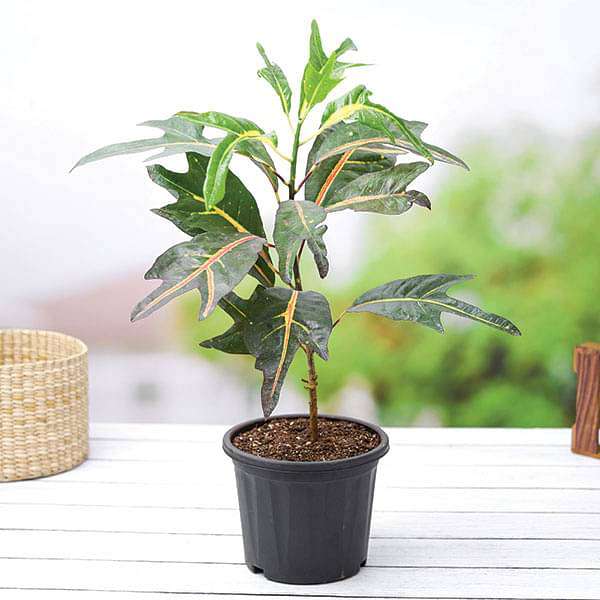
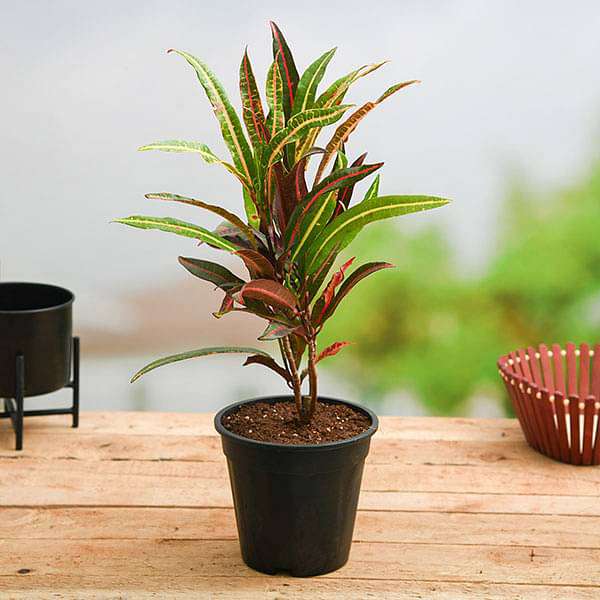
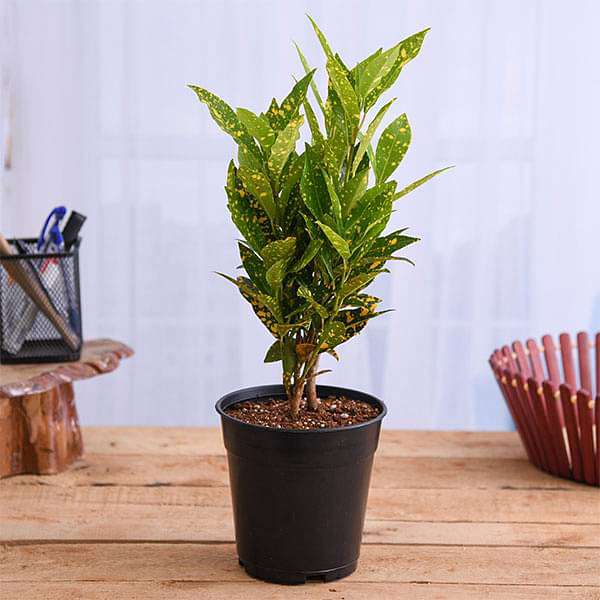
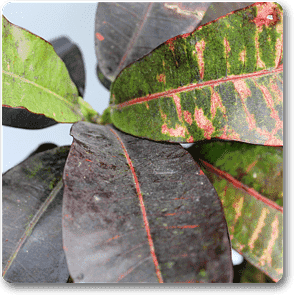
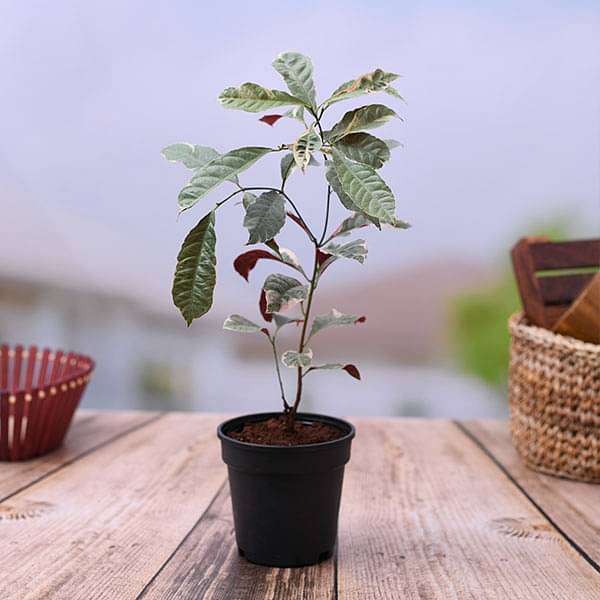
Reviews
There are no reviews yet.